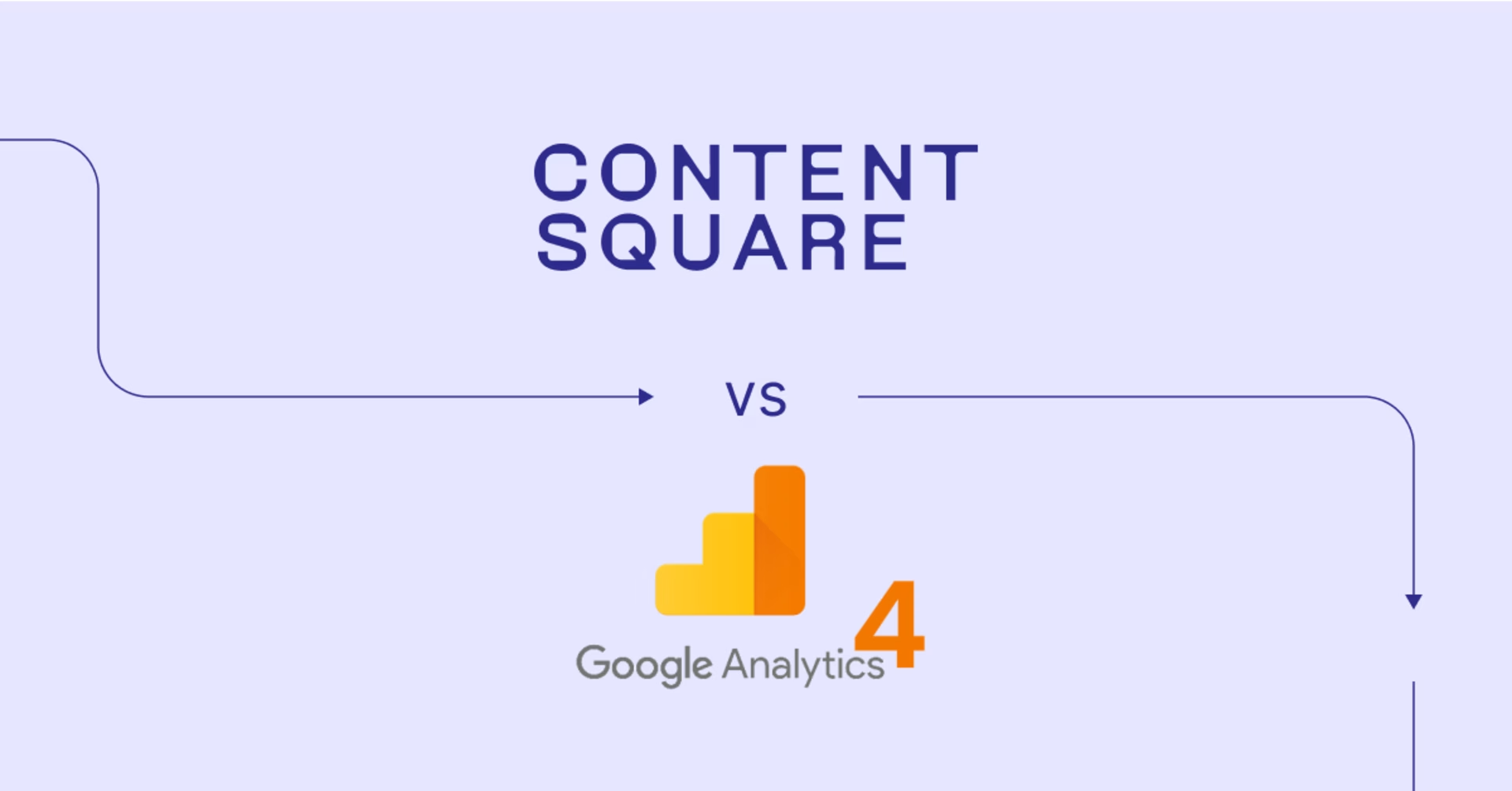Efrat David, former CMO at Contentsquare, explains why focusing on improving digital experiences is critical to driving a higher conversion rate in the automotive industry.
A business school professor of mine once referenced “buying a car from a dealership” as one of Americans’ top ten fears. And while the nation’s anxieties have evolved since my MBA years, shopping for a vehicle remains a significant pain for many consumers today.1
The automotive industry has long had an unfortunate reputation in the collective unconscious, what with:
Pushy sales tactics
A lack of transparency
Hidden costs
Add-ons that don’t add up
And even if you’re not swayed by pop culture stereotypes of car dealers, the amount of confusing information that gets thrown at you when shopping for a vehicle is overwhelming at the best of times.
Like many parents, I spend a significant amount of time driving my kids from one after-school activity to another. But while I may be a veteran carpooler, a Formula 1 driver I am not.
I’m not particularly interested in acceleration stats, high-fangled engine specs or rustproofing. Nor do I want to spend forever negotiating on special features I don’t need or get into lengthy discussions about warranties.
When it comes to picking out a car, my checklist is fairly simple: I’m looking for good mileage, reliable safety ratings and comfort on the road.
My main priorities: An easy buying experience and simple, fast delivery
So when it was finally time for me to get a new car, I decided to go online in order to bypass those long, confusing showroom conversations I’ve grown to dread. I made a short list of my top three car manufacturers and checked out each of their sites. My main priorities: an easy buying experience and simple, fast delivery.
In the end, my online experience was far from seamless, and I had to request assistance from a customer service representative. I did end up buying a vehicle online, but the process was complex enough that it did make me wonder, “Do car manufacturers actually design their sites with the intention of selling online..?”
Or is it high time that the automotive industry embraced conversion rate optimization?
The digital shift in the automotive industry
While buying a car online might seem daunting to a lot of people, more and more big purchases and transactions are shifting to the digital sphere. There is a tremendous opportunity for the automotive industry to build up its digital audience by investing in successful online experiences that remove the friction associated with showroom visits. But creating successful journeys online means more than transposing the dealership sales model to digital platforms.
Creating successful journeys online means more than transposing the dealership model to digital platforms.
Disruptors like Airbnb and Amazon have understood that today’s consumers want seamless digital experiences that strike the right balance of giving you the facts upfront and at the same time not overloading you with information.
A brand like Tesla (I did not buy a Tesla) delivers on these points, keeping the process of buying a vehicle as simple and transparent as possible, with a manageable amount of choice for the consumer. Their car configurator is user-friendly, pre-selecting standard models and clearly labelling the value of each added feature for a quick and painless overview of upgrades.
The digital experience can drive the conversion rate automotive industry wants
Understanding what consumers are looking for in a digital experience is the first step towards creating journeys that speak to their expectations and are convenient from start to finish. This becomes particularly important when it comes to major transactions like acquiring a vehicle, which is slightly more involved than many of the “one-click purchases” we complete from day to day.
Developing these seamless journeys means knowing which steps and elements cause users to stall or hesitate, or become frustrated. Thanks to AI, analytics today can pinpoint where these obstacles lie so you can focus on fixing the User Experience (UX) elements that still make consumers reluctant to convert online when it comes to cars.
Automotive brands that harness digital experience analytics to understand site visitor behavior and optimize conversion rates will turn their digital platforms into the ideal showroom, keeping up with the digital appetite of today’s consumers and shift more and more of their vehicle sales to the online space.
Just take a look at French car dealership BYmyCAR, who used Contentsquare to optimize its customer journey, increase inbound leads and exceed its goal of doubling its conversion rate.
To find out more about how the automotive industry can drive better conversion rates through digital experiences and overcome the digital challenges facing the industry, read our automotive playbook.
Efrat, former CMO of Contentsquare’s, has a background in engineering and over 15 years of experience in senior marketing roles, Efrat is passionate about telling the story behind the technology.

